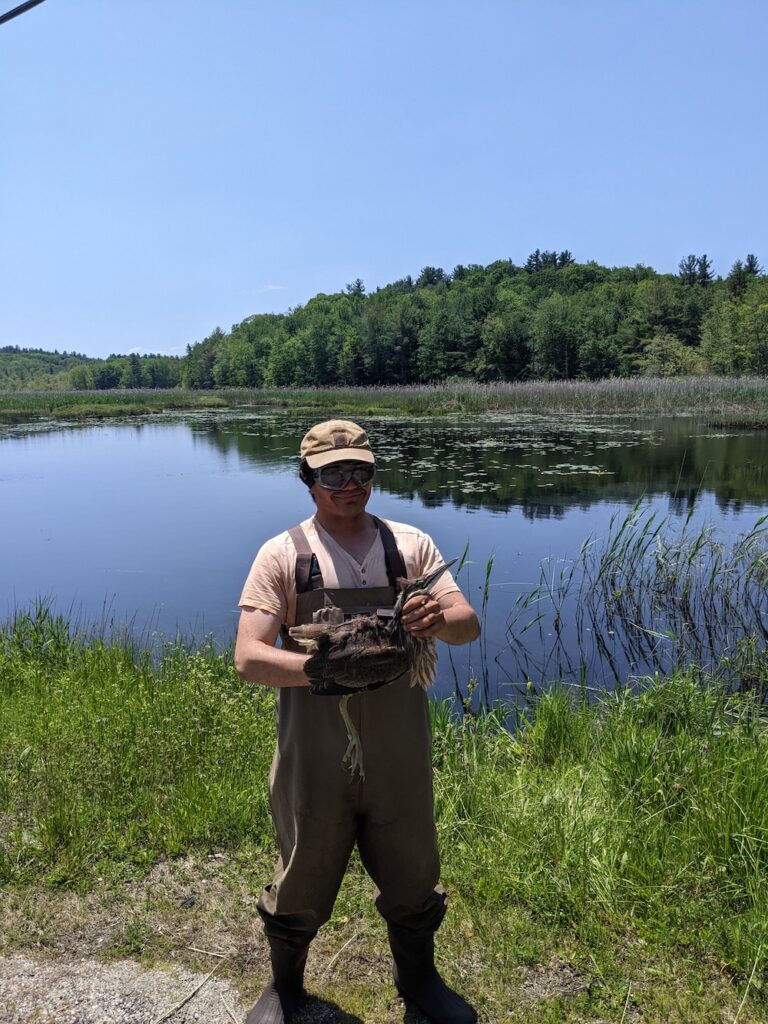Research Group Monitors Endangered American Bitterns in Norfolk
Its Only Natural

By Shelley Harms
In late May, passersby on Winchester Road noticed people in waterproof waders staring intently through binoculars out into Kelly Swamp. Some lucky ones even got to see what they were watching – American bitterns!
The American bittern is endangered in Connecticut. Large, stocky herons with brown upperparts and streaked breasts, bitterns nest in marshes and swamps. They are secretive and rarely seen.
Now, an American bittern in Norfolk has become part of a study using cellular tracking technology. The study is led by Chris Elphick of UCONN, Min Huang of the Connecticut Department of Energy and Environmental Protection, and UCONN post-doc student Sam Merker. They are trying to learn more about the American bittern’s biology, ecology and natural history in order to develop conservation strategies for this declining species.
The study began last year in other parts of Connecticut. Five American bitterns were captured and tracked. Some migrated to Florida, one wintered in New Jersey and one stayed in Connecticut. Two unfortunately died on their journeys, but the others are back north, summering in Connecticut and New Hampshire.
A pair of American bitterns had been observed this spring at Kelly Swamp, and on June 1 the team managed to catch the male. The researchers placed a box trap in the swamp on a spit of ground where the bitterns had been seen. The trap was a large metal cage with a mirror at the back, a trap door at the front, and a broadcasting unit on top. The team played a bittern’s “onk-a-lonk” call, which prompted the male to come searching for his rival. Once he saw himself in the mirror, into the trap he went to confront the interloper. Captured!
The team waded into the marsh, extracted the bird and put it in what looked like a pillowcase. Back on shore, they determined that the bittern was at least two years old and robust enough to carry a tracking device. They placed a metal band on the bird’s leg and affixed the tracking device to its back with a kind of harness. The bird was released back to the swamp, where it was seen again in the following days.
Typically, a male bittern will not stay around to help rear the family, and this bird is following that pattern. Thanks to the tracking device, the researchers know that he has moved on to a marsh in Goshen. The research team is considering whether and how to come back to Norfolk and search for a nest.
